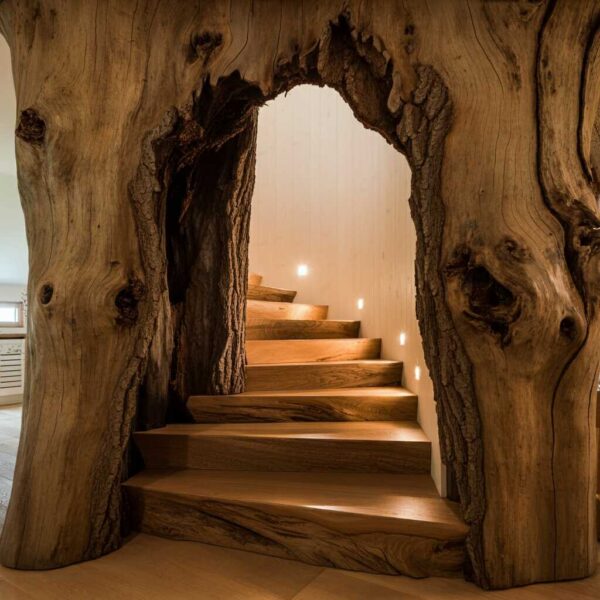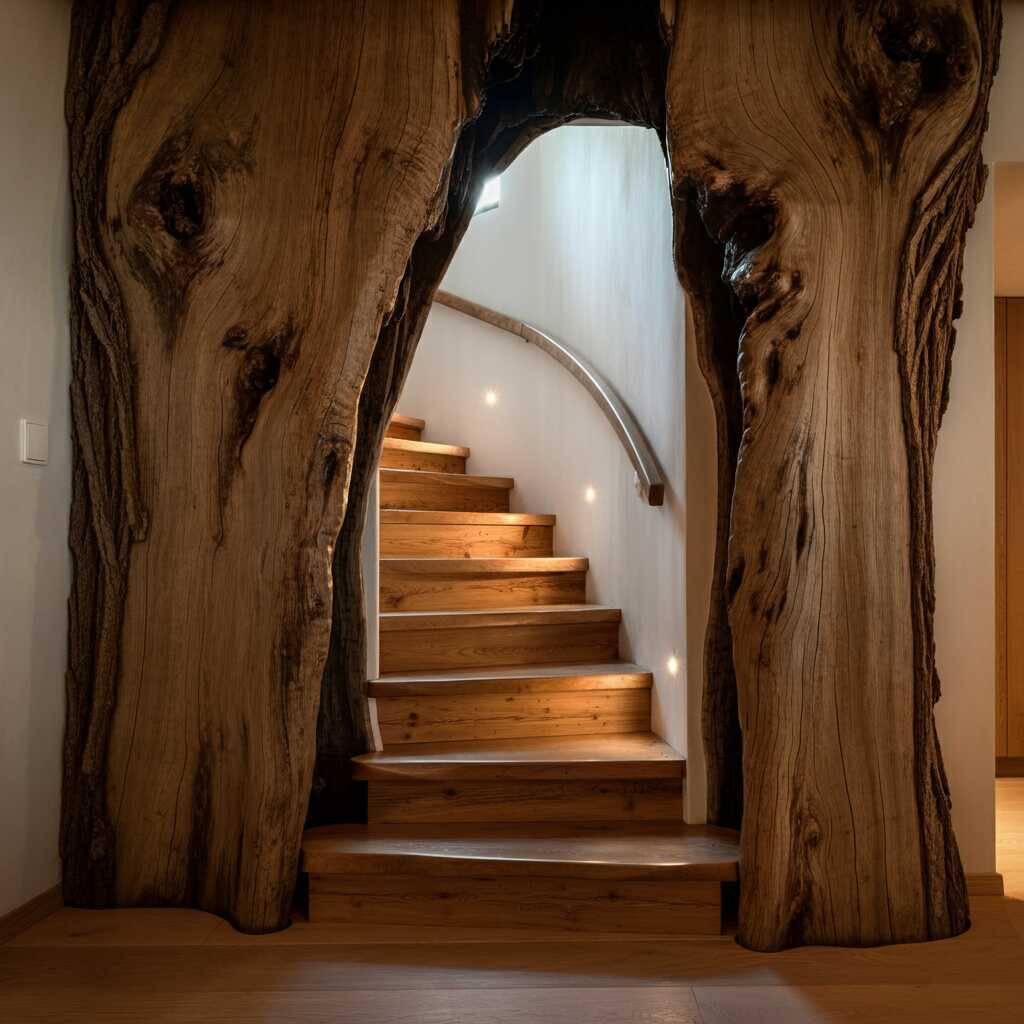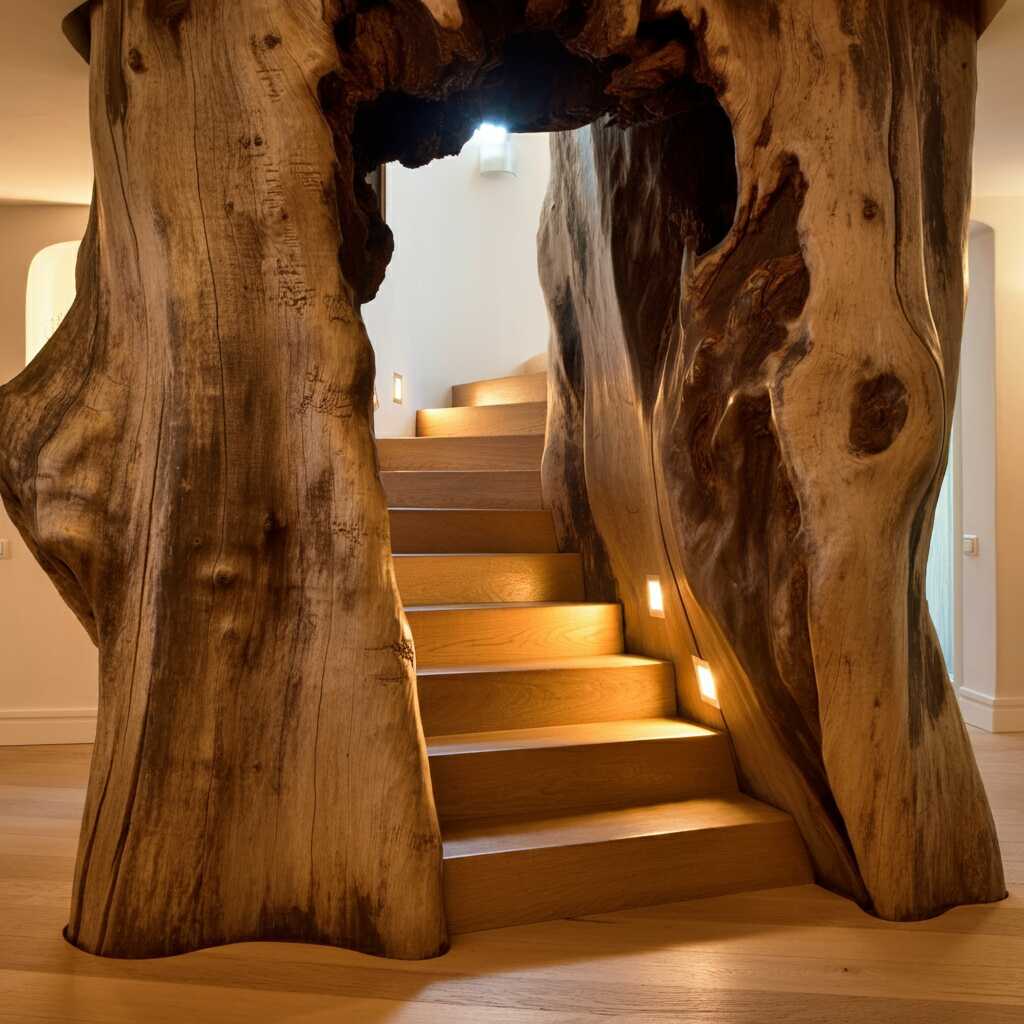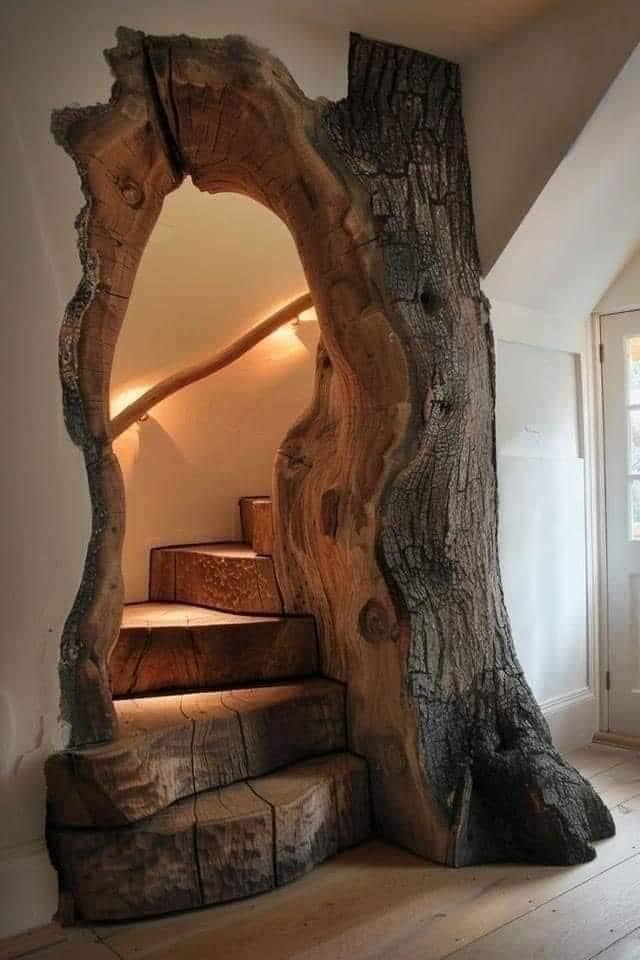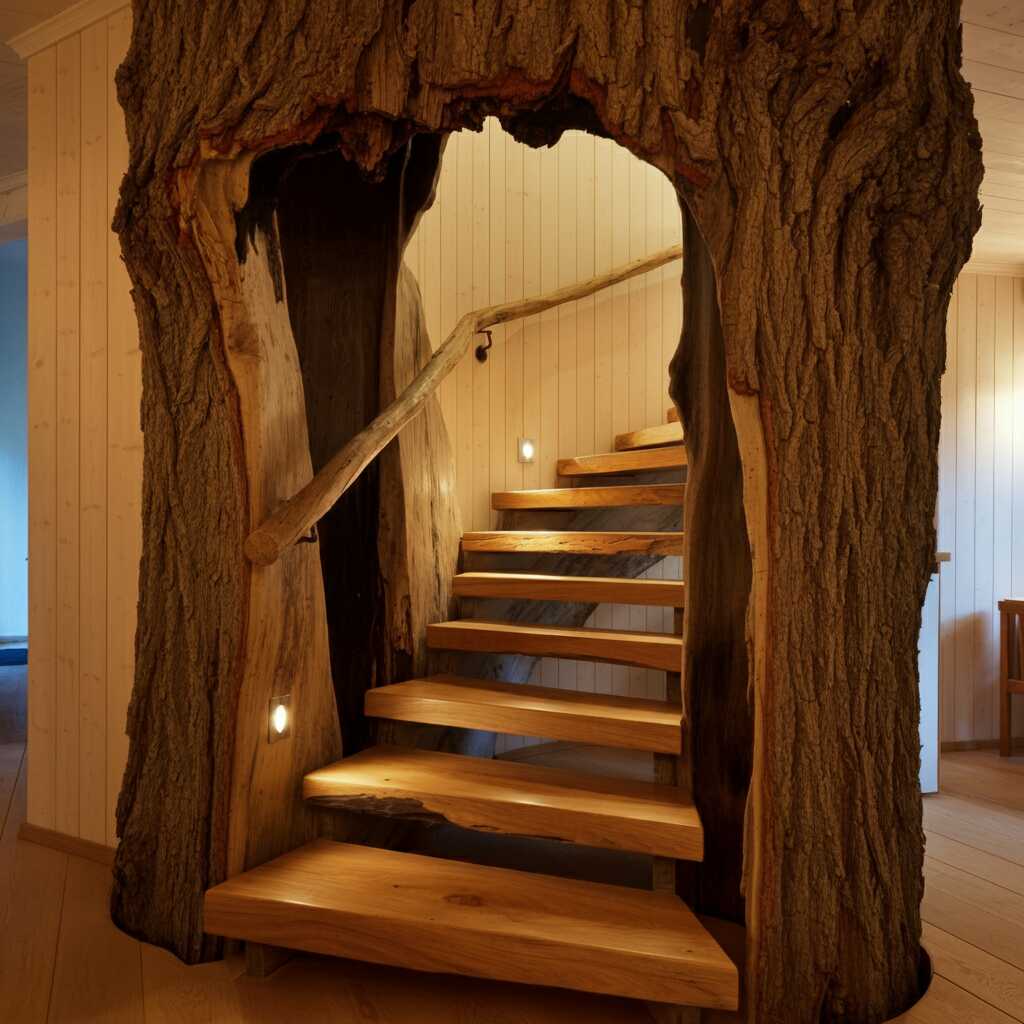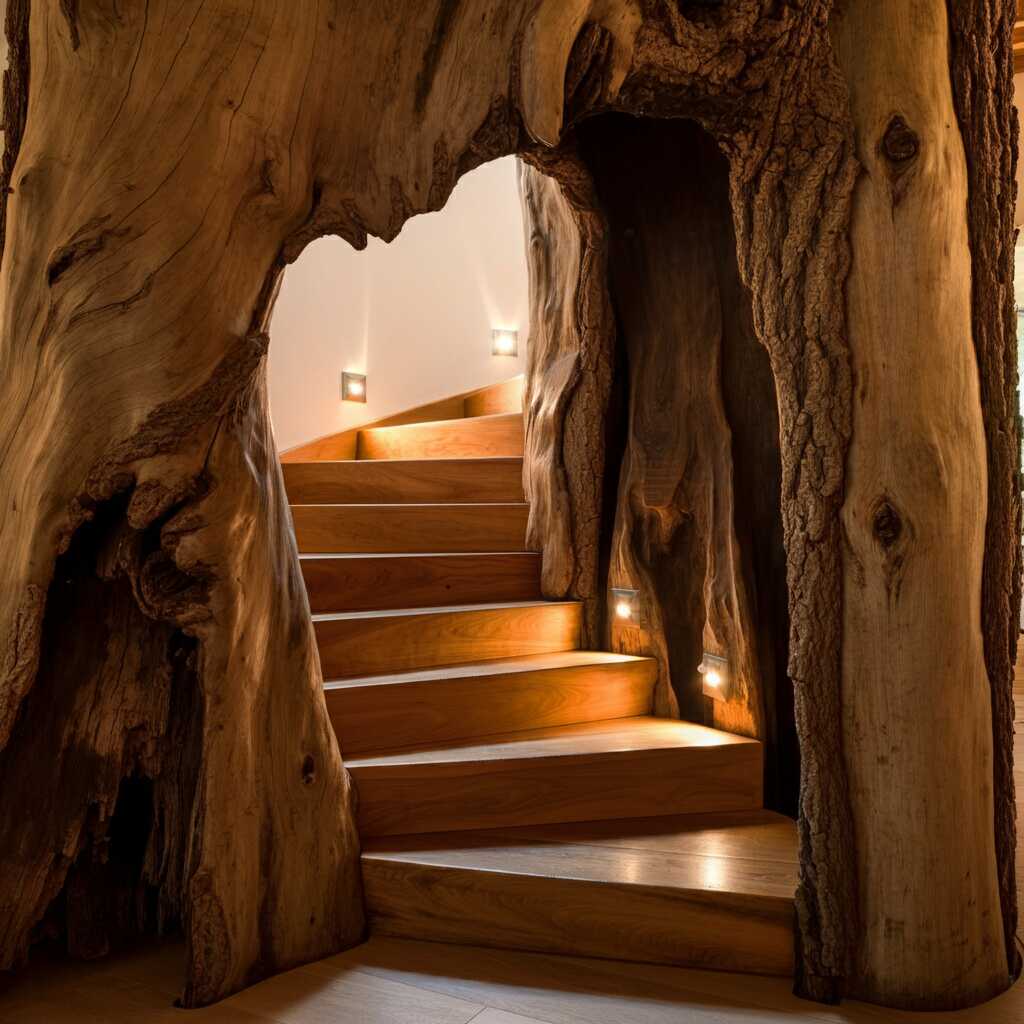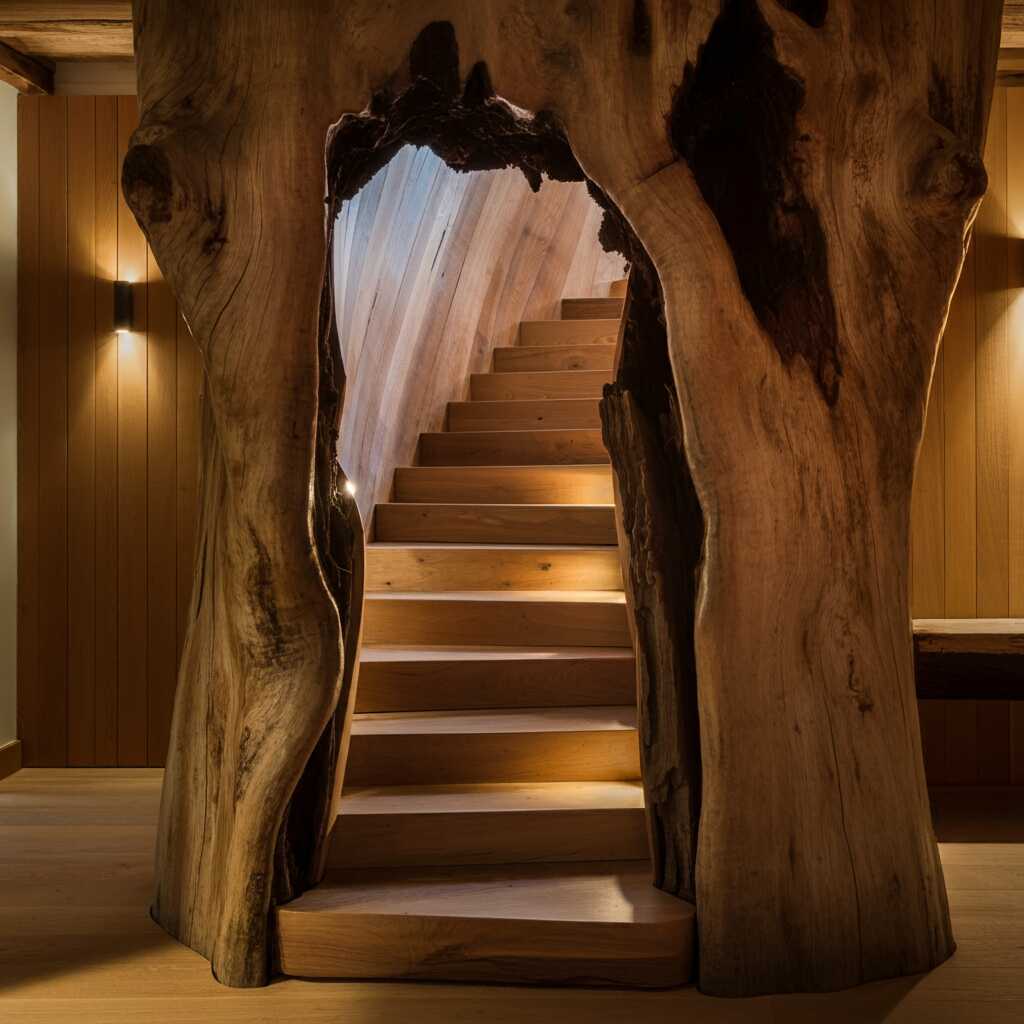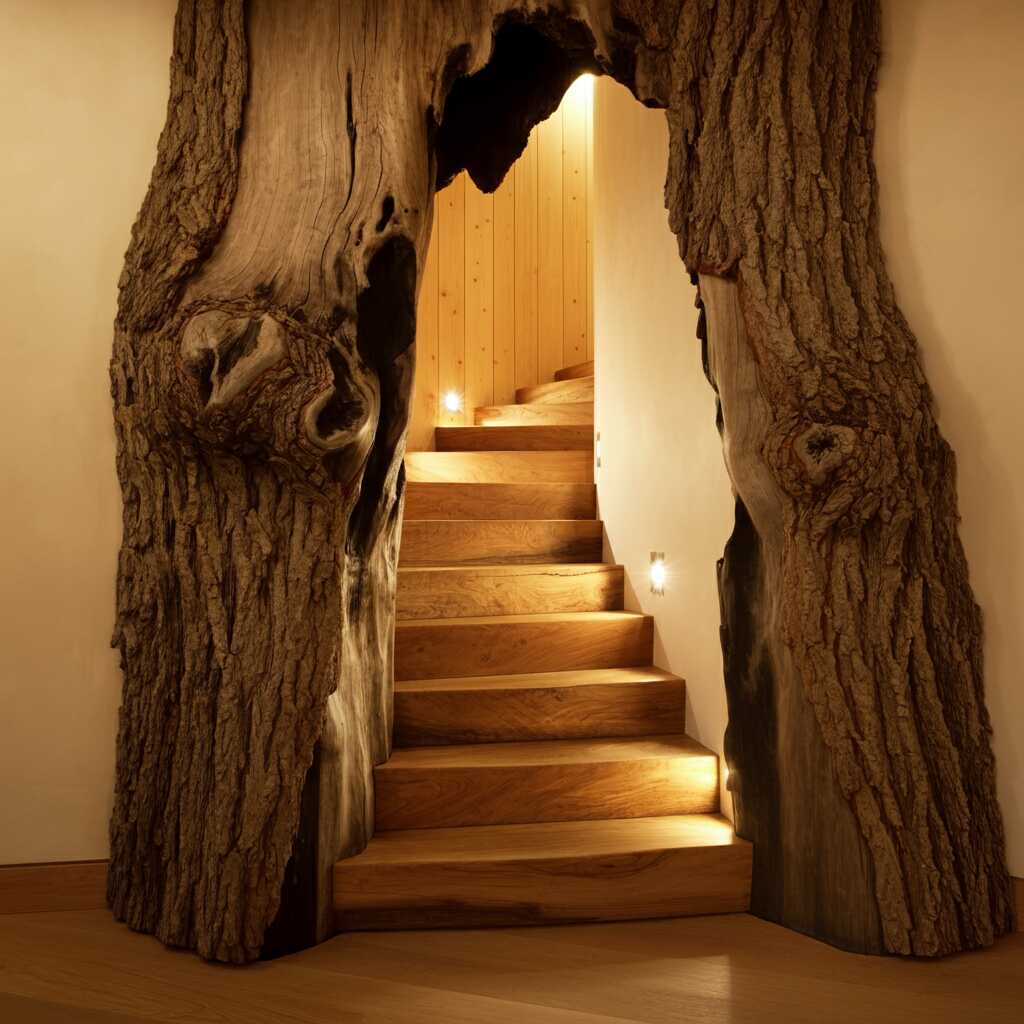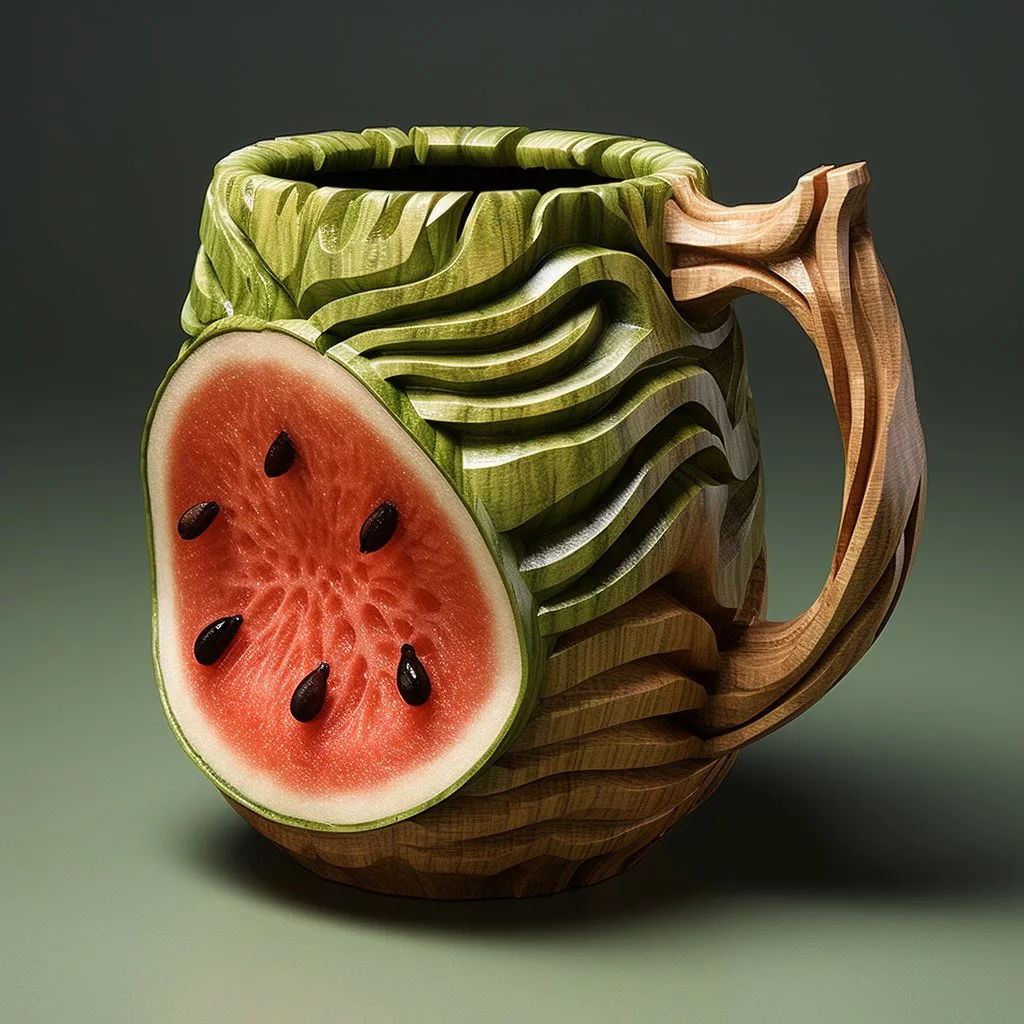When it comes to transforming a home, few design choices offer as much timeless charm as rustic décor. Among the various ways to add this appeal, using tree trunk-inspired wooden stairs creates an unforgettable, nature-infused ambiance. These unique staircases bring together the sturdy beauty of raw wood with the organic allure of tree trunks, adding a grounding, authentic feel to any space. This article will delve into everything you need to know about enhancing your home with tree trunk-inspired wooden stairs—from the benefits of this rustic aesthetic to design tips and practical considerations.
Contents
Introduction to Tree Trunk Inspired Wooden Stairs
The rustic style in home décor has been gaining traction for years, favored by homeowners for its simplicity, durability, and unique aesthetic that evokes warmth and coziness. At the heart of this trend lies the increasing appreciation for natural materials and organic designs. Tree trunk-inspired wooden stairs exemplify this rustic elegance, turning functional architecture into an art piece. These staircases incorporate wood in its raw form, retaining the organic curves, textures, and imperfections that give tree trunks their distinct beauty. They add an artisanal touch to any home, blending seamlessly into rustic, bohemian, cabin, and even modern settings.
Tree trunk-inspired wooden stairs are crafted with creativity and sustainability, often using reclaimed or sustainably sourced wood, making them a perfect choice for eco-conscious homeowners. With this aesthetic, you can easily turn a standard staircase into a conversation piece and elevate the overall vibe of your home by bringing the outdoors in. Let’s explore what makes these stairs so special and how they can enhance your home.
1. Why Choose Tree Trunk Inspired Wooden Stairs?
A Unique Aesthetic Statement
Tree trunk-inspired wooden stairs are not just a staircase—they’re a piece of art. This design choice offers an immediate focal point, capturing the eye and evoking a sense of natural wonder. Each staircase is unique, reflecting the wood’s original grain, knots, and textures. These characteristics ensure that no two tree trunk staircases are ever the same, offering a truly personalized design that reflects your appreciation for natural beauty.
Additionally, tree trunk-inspired stairs lend a rustic charm that works beautifully in both traditional and contemporary spaces. Their earthy tones and textures add a grounded, warm look that softens the sharp lines and modern materials often found in urban homes. By juxtaposing organic and industrial elements, tree trunk stairs make a powerful visual impact that leaves a lasting impression on visitors.
Sustainability and Eco-Friendliness
For those interested in sustainable living, tree trunk-inspired wooden stairs are an excellent choice. Often made from reclaimed or locally sourced wood, these stairs help reduce the demand for new lumber, minimizing deforestation and environmental impact. The use of naturally shaped logs means less waste during production, as pieces are used in their most unaltered form.
This approach aligns with principles of eco-conscious design, making tree trunk stairs an ideal option for homeowners looking to integrate sustainable practices into their homes. Choosing sustainably harvested or repurposed wood contributes to reducing carbon footprints, all while enhancing the home with nature’s intrinsic beauty.
Longevity and Durability
Wooden stairs, especially those crafted from hardy species like oak, cedar, or maple, are incredibly durable and can last for generations. Tree trunk-inspired stairs retain the inherent strength and resilience of the wood, as the natural shape of the trunk often preserves its load-bearing properties. This makes them suitable for busy households, where staircases endure heavy use. Their longevity not only makes them cost-effective over time but also enhances the rustic appeal as the wood ages gracefully, developing a unique patina and texture with each passing year.
2. Design Inspirations for Tree Trunk Inspired Wooden Stairs
Embracing Natural Curves and Shapes
One of the defining characteristics of tree trunk-inspired wooden stairs is their organic form. Unlike traditional staircases, which are often uniform and linear, these rustic stairs embrace the natural contours and twists of tree trunks. Designers often leave knots, burls, and irregularities intact, showcasing the wood’s original beauty. This style works beautifully in open spaces, where the staircase can be an unmissable architectural statement that celebrates nature.
Incorporating Tree Stump Steps for a More Natural Look
A bold approach to rustic design includes using entire tree stumps as individual steps. Each step, made from a cross-section of a tree trunk, showcases unique grain patterns and imperfections that highlight the beauty of wood in its raw state. These steps can be arranged in a way that mimics stepping stones, enhancing the natural feel of the staircase. Tree stump steps are perfect for creating a whimsical, forest-inspired look that brings an earthy, grounding element to the home.
Using Railings with Organic Elements
To complement the rustic beauty of tree trunk-inspired stairs, railings can be crafted from similar organic materials. Handrails made from branches, logs, or other natural wood elements enhance the staircase’s natural theme. Wrought iron or hand-forged metal railings can also provide a striking contrast, adding a slightly industrial edge without detracting from the rustic charm.
Accent Lighting for Added Ambiance
Strategically placed lighting can highlight the textures and forms of tree trunk stairs, enhancing their visual appeal. Soft, warm lights can be installed beneath each step or along the staircase’s edges to add depth and dimension. This not only illuminates the space but also accentuates the staircase’s natural beauty, creating a cozy, inviting atmosphere that complements the rustic theme.
3. Practical Considerations for Tree Trunk Inspired Wooden Stairs
Maintenance and Care
While tree trunk-inspired wooden stairs are durable, they do require regular maintenance to preserve their beauty. Dust and dirt can build up in the natural crevices of the wood, so regular cleaning is essential. A soft brush or vacuum attachment works well for keeping these intricate details clean. Since wood can dry out and crack over time, periodic oiling or waxing is recommended to maintain its luster and prevent damage.
For those in humid environments, it’s important to monitor the wood for any signs of warping or mold. Applying a wood sealant can help protect against moisture, while also enhancing the color and grain of the wood.
Safety and Accessibility
When designing tree trunk-inspired stairs, it’s essential to balance aesthetics with functionality. The irregular shapes and sizes of the steps might make it harder for some users, especially children or older adults, to navigate the stairs safely. To address this, consider incorporating non-slip treads or slightly sanding down rough areas without compromising the rustic charm.
If accessibility is a priority, tree trunk-inspired stairs can still be adapted. Ensuring that each step has a consistent rise height and that handrails are securely installed can provide added safety without diminishing the staircase’s organic appeal.
4. Enhancing Your Space with Complementary Décor
Rustic Accessories and Furniture
To amplify the effect of tree trunk-inspired wooden stairs, consider adding complementary rustic décor elements. Reclaimed wood furniture, vintage lighting fixtures, and woven textiles can further accentuate the staircase’s organic aesthetic. Items like wooden benches, woven rugs, and leather furnishings contribute to a warm and inviting environment that pairs beautifully with the rustic charm of tree trunk stairs.
Incorporating Greenery
Nothing complements natural wood like lush, vibrant greenery. Potted plants, hanging vines, or even a small indoor tree near the base of the staircase can enhance the organic feel of the space. Plants like ferns, philodendrons, or snake plants are excellent choices, as they add a pop of color without requiring excessive sunlight. Indoor plants can also improve air quality, making your rustic-inspired home not only beautiful but also healthier.
Choosing Earthy Color Palettes
Earthy, muted tones like forest green, warm beige, and slate gray create a cohesive look when paired with tree trunk-inspired wooden stairs. These colors blend effortlessly with the natural shades of the wood, emphasizing the staircase’s warmth and adding to the rustic ambiance. Using these colors for wall paint, cushions, and other furnishings will make the staircase feel like an integrated part of your home’s design.
Conclusion: A Timeless Statement of Rustic Charm
Tree trunk-inspired wooden stairs offer more than just a way to move between floors; they provide an opportunity to bring the timeless beauty of nature into your home. Through their unique design, each staircase tells its own story, capturing the rugged beauty of wood in its natural form. They’re not only an investment in style but also in sustainability and durability, making them ideal for homeowners looking to combine aesthetics with eco-consciousness.
By embracing tree trunk-inspired wooden stairs, you’re adding a piece of rustic artistry that resonates with the earthy warmth and grounded appeal of nature. Whether you’re designing a cozy cabin retreat or looking to add a natural touch to a modern home, these stairs can be the perfect statement piece. Through thoughtful design choices, maintenance, and complementary décor, tree trunk-inspired wooden stairs can transform your home into a rustic haven that reflects your love for nature and style.
For those ready to enhance their home with a staircase that is as beautiful as it is functional, tree trunk-inspired wooden stairs offer an enchanting journey from floor to floor, bringing with them the grace and resilience of the natural world.

